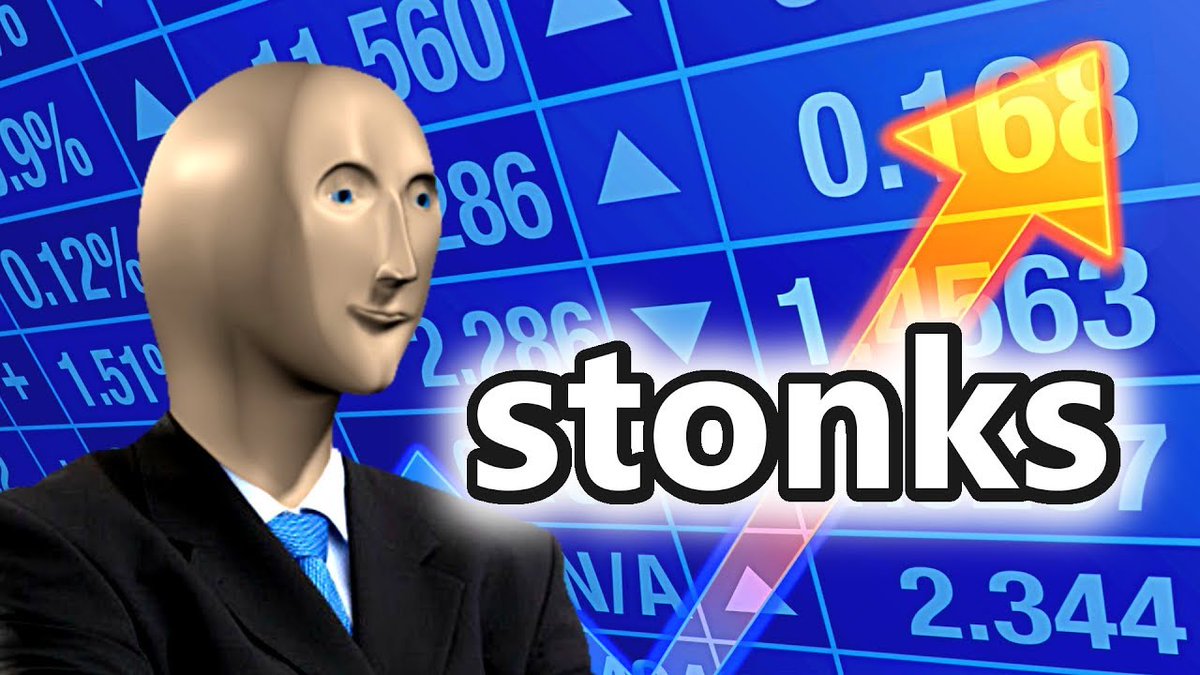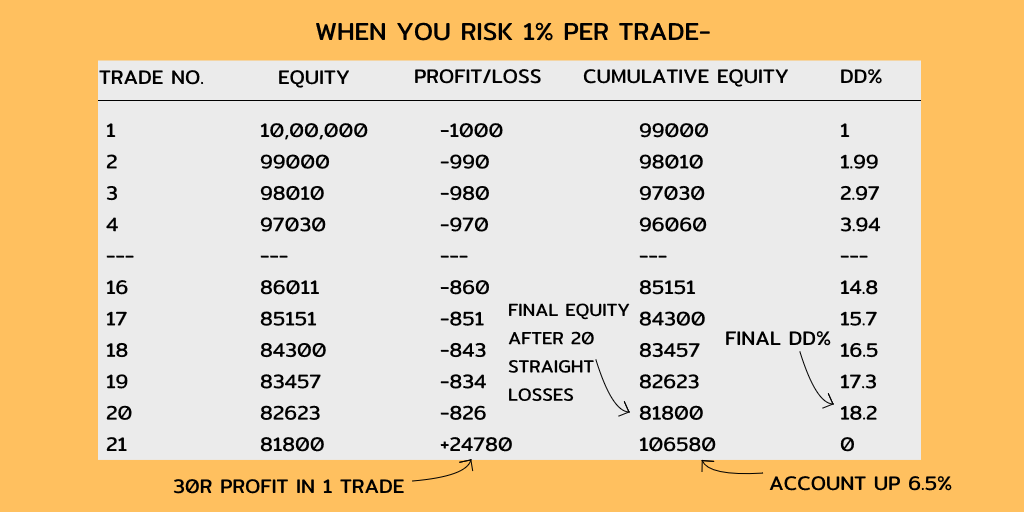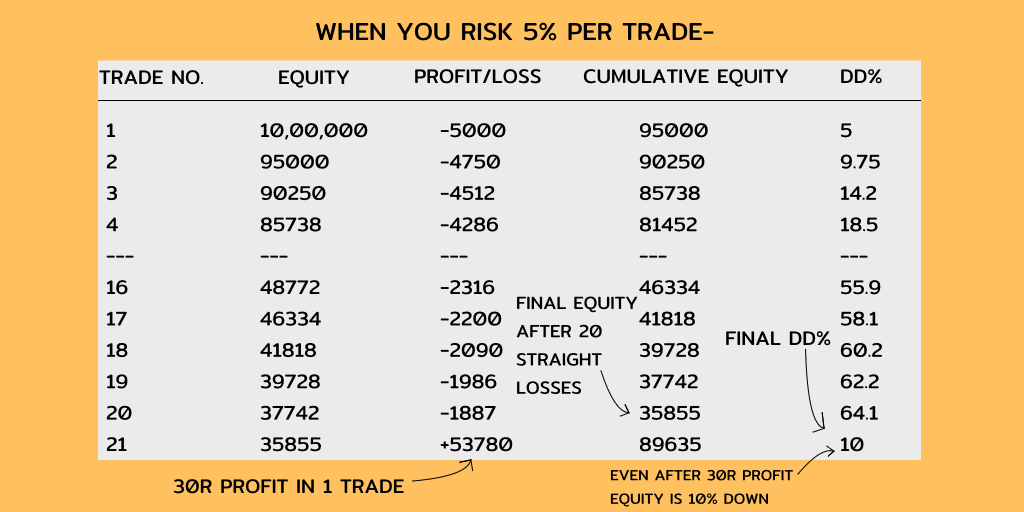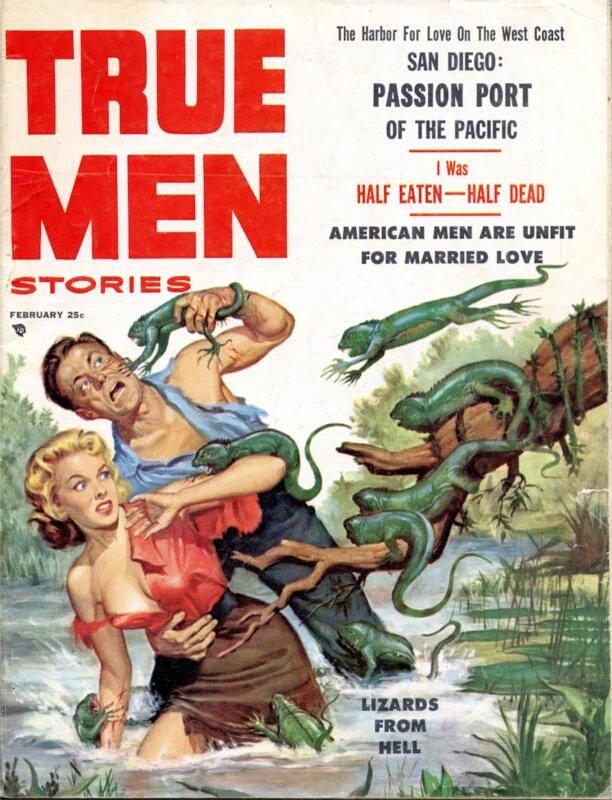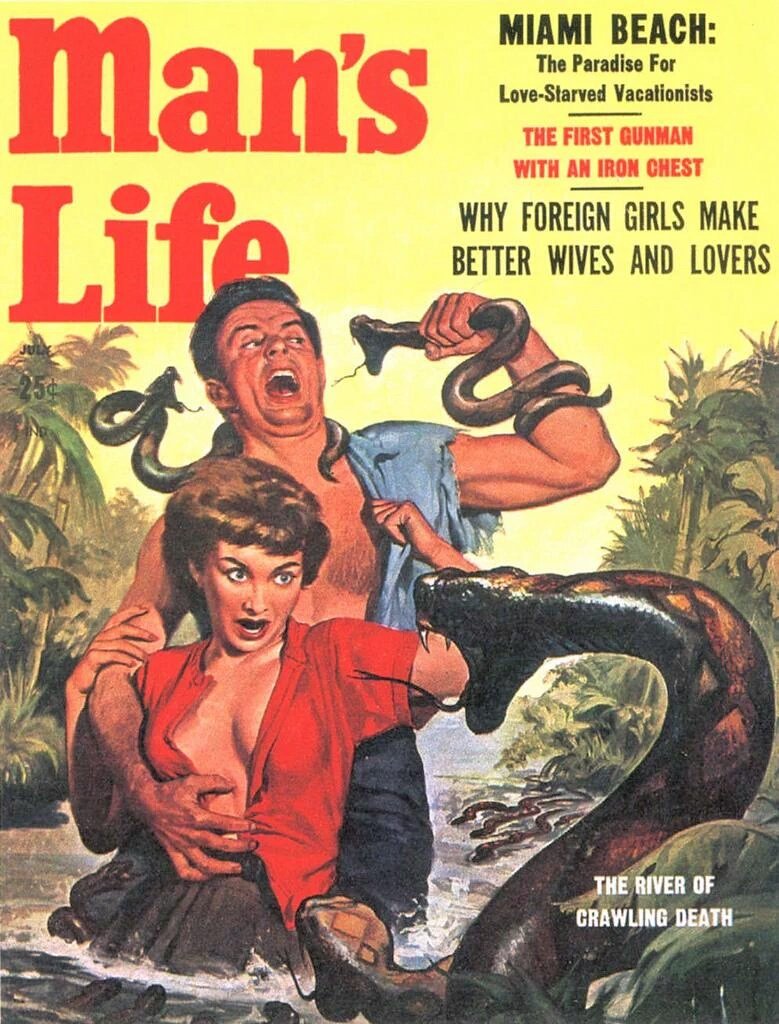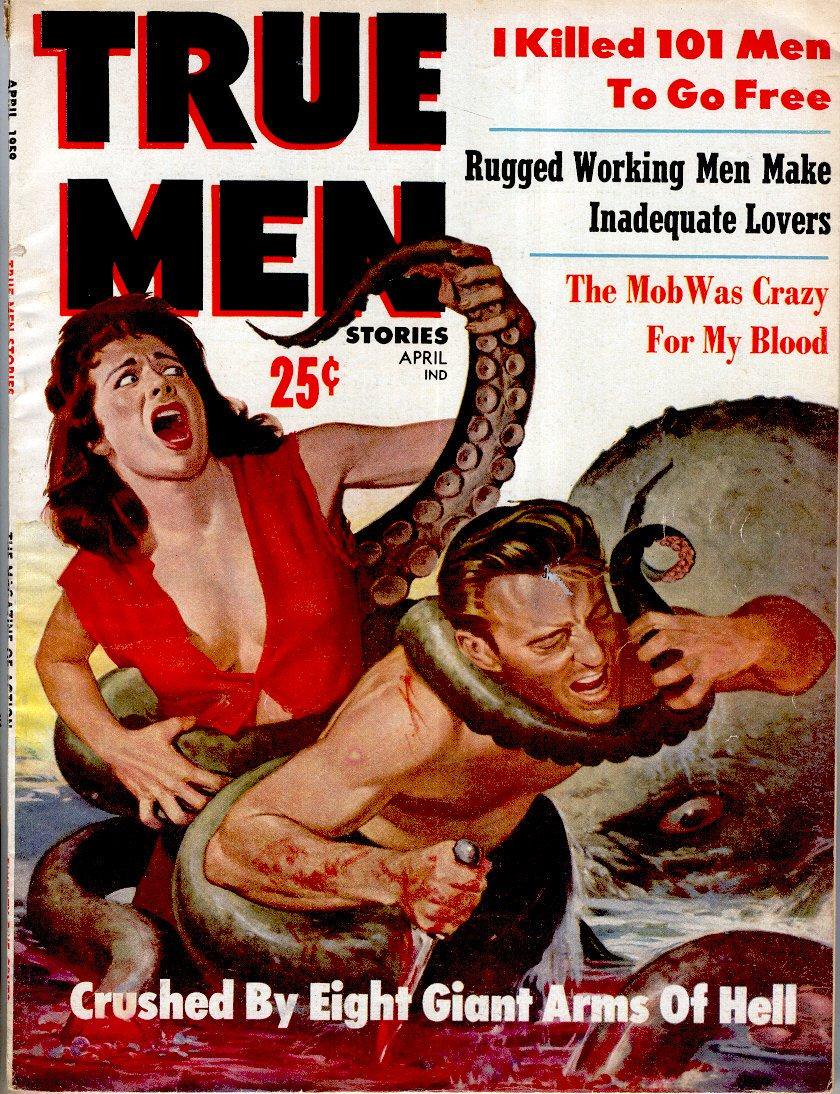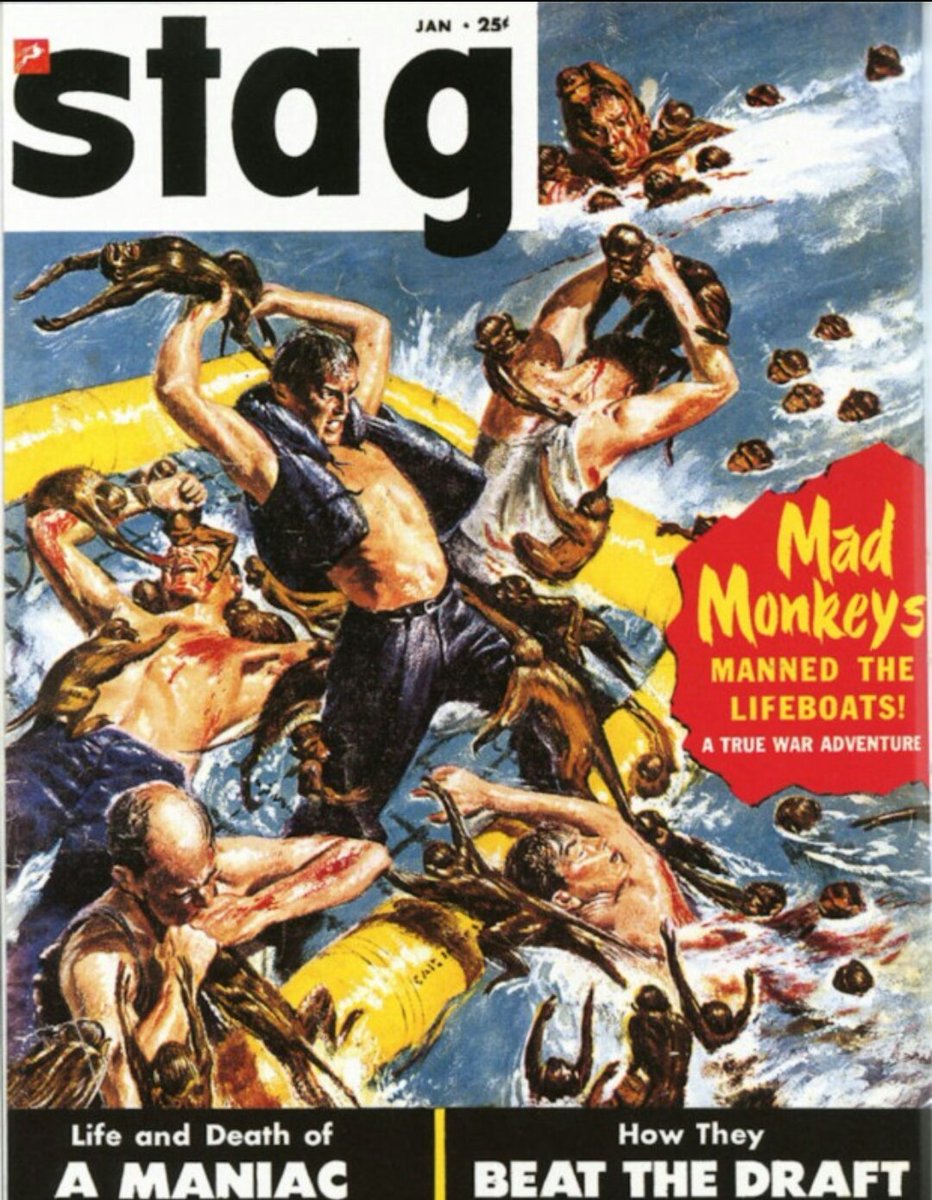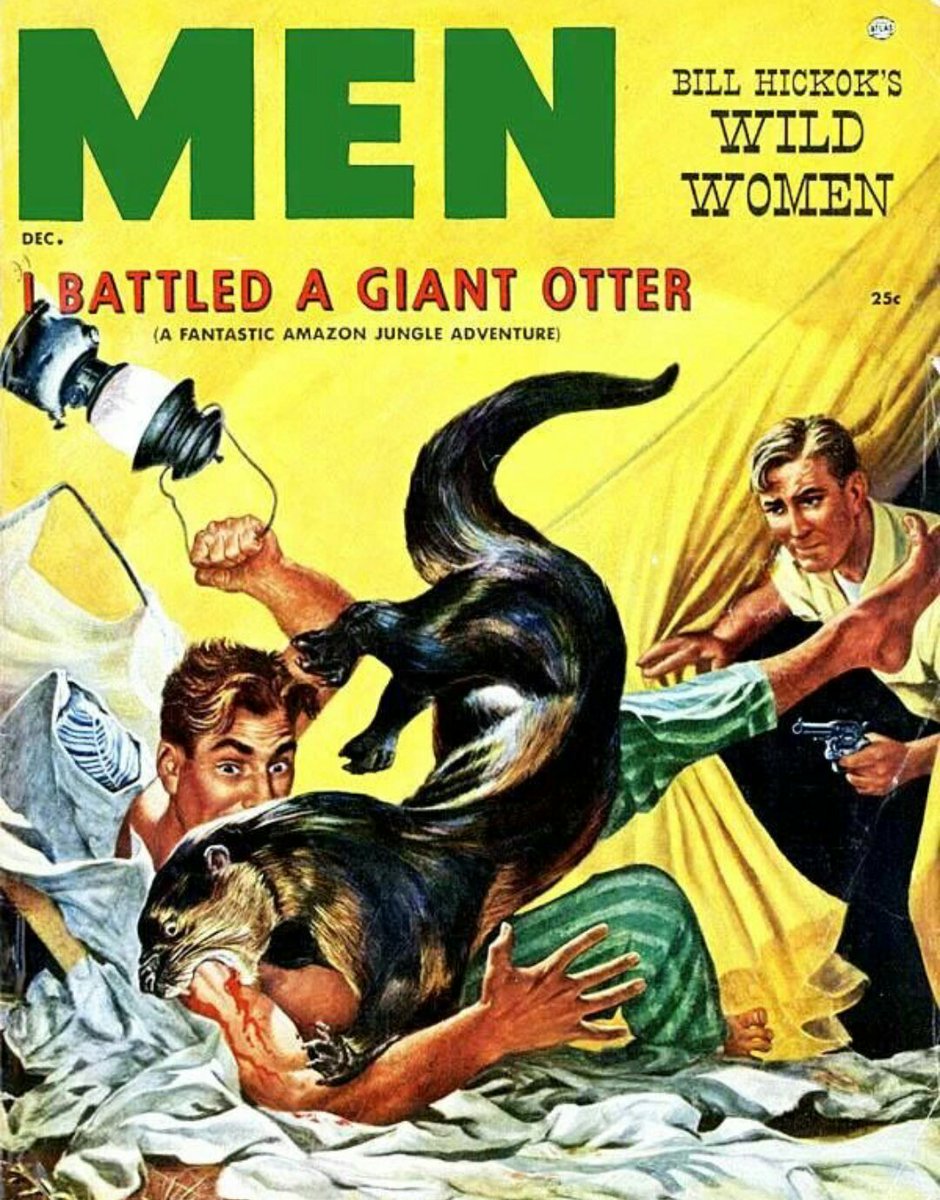2) First, the Saphyr mapper is not a sequencer, it is, as its name say, a mapper. The difference of a genome sequence and a genome map is that the map aids to decipher the sequence more accurately (for sequence I refer to billions of ATCGATCG…).
3) A genome map is created before the sequencing begins and provides confidence in the sequence obtained. Therefore, the Saphyr mapper, does not compete or substitute any sequencing technology (either from $PACB, $ILMN, $TMO, etc.), but rather it is —COMPLEMENTARY— to it.
4) For an analogy, think of an any given address. Imagine I live at 14th Main street, Springfield, Massachusetts, USA. And someone asks me where I live, and I simply answer “Springfield”. If the person is local of Massachusetts, will probably assume that I live in Springfield MA.
5) However, if I’m asked in a state other than MA, and the person is from a state other than MA, will probably ask “which Springfield”, as there are many cities with this name in all USA; I would have to specify “Springfield, MA.”
6) If you are familiar with the locality, you will probably assume its broader location. I use this analogy because almost every city in USA has a “Main” street; a lot of states have a “Springfield” city; but also, Main street in Springfield do exists in countries other than USA.
7) Following this analogy, if we asked, “what is your address?” the most common different sequencing technologies will give, with great precision, the following answers:
$ILMN — 14th Main.
$TMO — 14th Main.
$QGEN — 14th Main.
$PACB — 14th Main, Springfield.
8) None of the above will mention “MA, USA”. Is it possible to locate the accurate address with the first three? NO. Is it possible to locate it with PACB? NOT ENTIRELY.
9) In the same analogy, if you asked the Saphyr mapper “what is your address?” the answer will be:
$BNGO — Near Main, Springfield, MA, USA.
Would you be able to know the precise address? NO. Therefore, there is no technology that could give a complete and accurate answer, yet.
10) Then why is Bionano’s such a big deal?
Because currently, the most common tools for mapping at hospitals and clinics around the world are FISH (fluorescent in situ hybridization), DNA microarrays (commonly known as CMA), chromosome banding (CB), and Karyotypes;
11) these techniques have existed for at least 20 years and have been the state of the art, so far. What they all have in common is that they are laborious, time consuming and will answer the following to the question “what is your address?”:
12)
Karyotype — USA
Microarays — Springfield
FISH — MA
Cromosome banding — Springfield or MA.
Why is it that people compare Saphyr to PACB? As you can see, the state of the art for the highest precision was held by PACB, but still it won’t give a fully accurate address.
13) So, if hospitals and clinics around the world needed to figure out what is wrong with your genes at a large scale with the most accurate map/sequence, the only option was PACB.
14) The biggest disadvantage, however, is that, from all technologies mentioned, PACB is the most expensive and time consuming, and it needs a special expertise that is difficult to find in sequence analysis, hence not many clinics or hospitals even offer this service.
15) Why is Bionano’s tech the such a big deal? Because it is only as expensive as any of the other mapping tools, it is high throughput, it covers the entire genome(s) at once, it is automated, and it is way more precise than FISH, CMA, CB, and Karyotypes ALL TOGETHER.
16) Finally, the Saphyr mapper will inexorably find chromosomal re-arrengements missed by PACB—as we all have seen it in their webinars and scientific papers— because they resemble that Springfield was erroneously located in MA, USA—but is rather located in Chelmford, UK.
17) Why is such a game changer then? Because, if combined, a Saphyr mapper and a sequencing technology (see above) will never miss a mutation or chromosome rearrangement — for large or small this is.
18) My forecast for the upcoming years is that there will be a massive adoption of mapping tech at hospitals and clinics around the world in the next 5-10 years, which will substitute entirely FISH, CMA, CB, and Karyotypes.
19) Maybe, if Bionano’s tech is the only one offering optical imaging, it will dominate the entire industry for years.
As for $BNGO stock price, I have no idea; I am only a scientist that happens to trade.The stock market behaves in ways unpredictable to me.
20) The only thing I'm certain is that Bionano’s tech is highly disruptive in its niche. And, if there is one thing I've learned from the Market, is that one thing is the company, another thing is its product/service, and a way different beast is its stock price.
Hope it helps.



